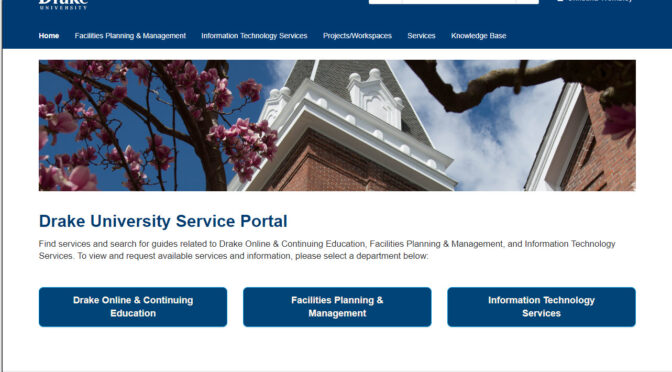In response to what we heard from employees who participated in the September 2020 survey, our Spring 2021 faculty/staff wellbeing programs will focus on five key areas: social connection, mental health resources, recognition, financial resources, and self-care.
Social Connection. The All Staff Council in partnership with Human Resources offered two virtual “watercooler” events in January as a way for faculty and staff to informally connect with colleagues across campus. Look for more in the coming months. Another great way to connect is using group chats through Microsoft Teams. Here are three groups you should consider joining:
Mental Health Resources. The 2021 Spring Term BUILD Schedule includes a variety of virtual classes addressing mental health. Make it Ok in the Workplace on Feb. 9 from 2-3 p.m., discusses how to reduce stigma by starting conversations and increasing understanding about mental illness. On Feb. 26, the Occupational Therapy students will share a presentation on Emotional & Mental Health Wellbeing, and on March 25, Employee & Family Resources will moderate a discussion titled Behavioral Health in the Workplace. Details on all classes can be found on myDrake.
Recognition. Recognizing employee contributions, and creating meaningful recognition and awards programs, is an important part of the Drake culture. In March we will focus on ways we can recognize our colleagues. March 5 is National Employee Appreciation Day, but the goal is to share gratitude and appreciation every day.
Financial Resources. Uncertainty surrounding COVID-19, and its economic impact on the University and our personal lives, has created a surge in financial stress and anxiety. In April we will focus on available resources and tools to assist you in making the best decisions for you and your family. We will roll out a financial wellness program, share TIAA resources you may have overlooked, and offer a presentation on financial planning.
Self-Care. In May we will focus on self-care. This includes being active, eating right, and getting enough sleep. It also includes addressing stress and knowing the resources and tools to assist you when needed.
One important, but often overlooked resource is Employee & Family Resources (EFR). They offer an Employee Assistance Program (EAP) for all full-time Drake employees and their family members. You can reach EAP by phone (800-327-4692) or visit their website at https://www.efr.org/login/. All EAP benefits are confidential and available 24/7/365.
In addition, EFR offers webinars, podcasts and COVID-19 resources to help us navigate these stressful times.
For more information on current and upcoming wellbeing programs, please contact Linda Feiden at linda.feiden@drake.edu.
— Linda Feiden, Human Resources


